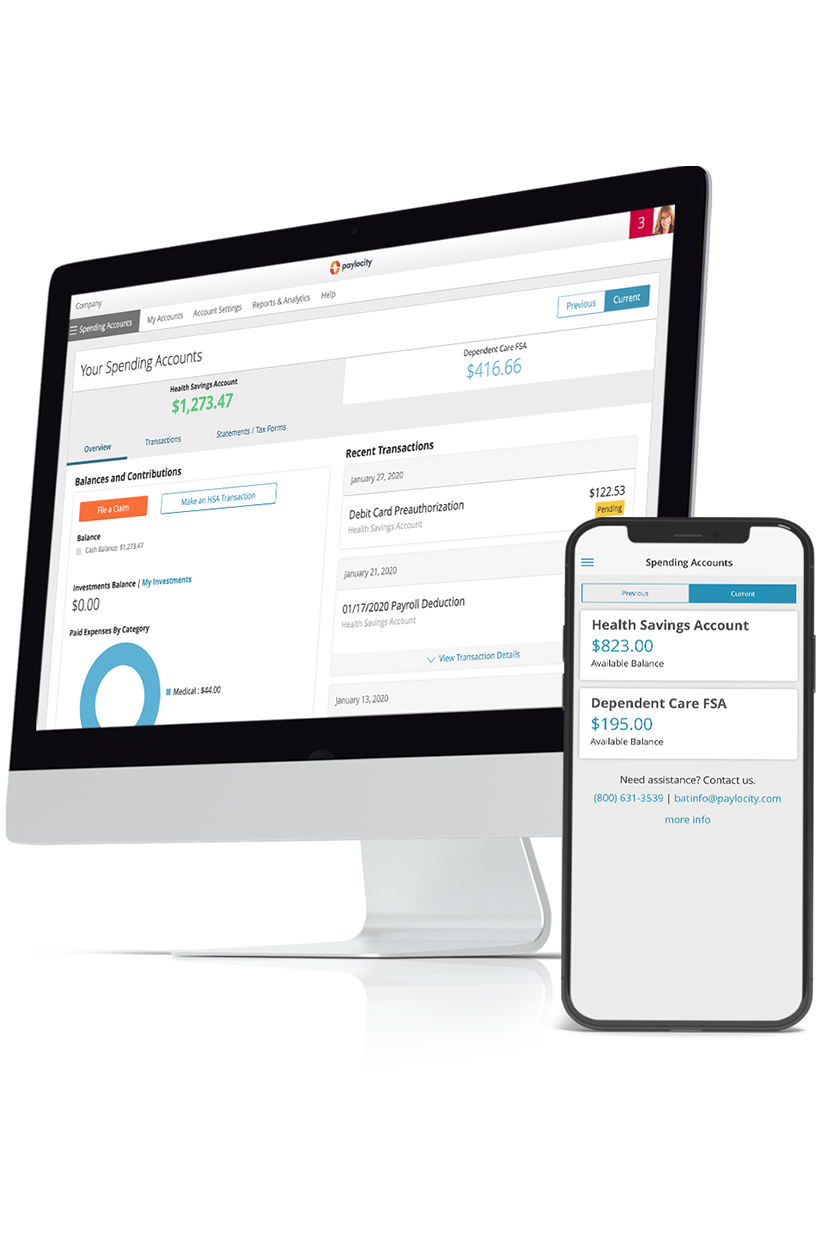Qualified Deferred Compensation Plan
Summary Definition: An employer-sponsored retirement savings plan that meets all federal requirements to qualify for deferred taxation.
What is a Qualified Deferred Compensation Plan?
A qualified deferred compensation plan is a type of retirement savings plan, such as a 401(k), that meets all the requirements of the Internal Revenue Code (IRC) Section 457(b) and Employee Retirement Income Security Act (ERISA).
Simply put, employees use these plans to defer some of their gross pay into a savings account for use at a specified future date. The deferred income grows over time until it’s paid out, usually after the employee retires.
Distributions are generally eligible to roll over into an Individual Retirement Account (IRA) or other qualified plan, which allows the employee to further defer paying taxes on the income. Employees can sometimes access the funds before they retire, but doing so incurs additional taxes on the funds.
The Employee Retirement Income Security Act of 1974
ERISA was passed in 1974 to protect the rights and interests of employees that participate in employer-sponsored retirement plans. It applies to private employers and seeks to both establish minimum standards for the plans and guarantee participants receive their promised benefits.
To that end, the law also established the Pension Benefit Guaranty Corporation (PBGC) as a safety net in case an employer-sponsored plan is unable to pay out benefits due to mismanagement (e.g., bankruptcy, fraud, embezzlement, etc.).
Key Takeaways
- Qualified deferred compensation plans are a type of retirement savings plan that comply with ERISA and IRC Section 457(b).
- Employees contribute some of their gross pay each pay period to the plan and wait to access the funds until some future date, usually after they retire.
- ERISA established minimum plan standards and safety nets (e.g., the PBGC) to ensure employees receive their benefits.
How Do Qualified Deferred Compensation Plans Work?
While each plan can have different nuances regarding enrollment, earnings, etc. most qualified plans work the same way. An employee contributes funds each pay period and waits until retirement to access the accumulated sum along with any earnings the plan has made.
Some employers will also match an employee’s contribution at a reduced rate. For example, if Employee A’s organization offers 5% matching and Employee A contributes $10,000 in a single year, the organization would then contribute $500 for that year as well.
Tax Withholdings
Since contributions to qualified deferred compensation plans are taken from an employee’s gross pay, the funds aren’t taxed until they’re paid out at the designated time. This is one of the biggest advantages of enrolling in a qualified plan as it reduces the employee’s immediate taxable income while helping them build savings for their future retirement.
Contribution Limits
One of the restrictions on qualified plans is the total amount an employee can contribute to them in a single year. Contribution limits are set and adjusted by the Internal Revenue Service (IRS), and for 2025 the limit was raised to $23,500.
The biggest exception to this is for employees aged 50 or older, who are allowed to make additional “catch-up contributions” each year. Catch-up contributions also have an annual limit, however, which remains at $7,500 for 2025.
Types of Qualified Deferred Compensation Plans
The two main types of qualified plans are 401(k)s and 403(b), which are similar but have a couple key differences.
401(k) Plans
401(k) plans are widely known as a type of retirement savings account. For-profit organizations offer them and typically allow employees a wide range of opportunities in which to invest their savings while working towards retirement.
Employers can choose to match employee contributions, and employees can contribute up to the annual limit set by the IRS. Employees aged 50 or older can exceed that limit and make additional catch-up contributions every year.
403(b) Plans
403(b) plans are less well known, but serve a similar purpose for non-profit organizations, certain charities, and public schools.
They too allow participants to contribute some of their gross pay each pay period, but unlike 401(k) plans, employers aren’t supposed to match these contributions. As such, some 403(b) plans may not have to comply with ERISA requirements, such as nondiscrimination testing.
403(b) plans also have annual contribution limits and allow catch-up contributions for participants who are at least 50 years old. For 2025, the IRS set these limits to the same amounts as 401(k) plans ($23,500 normally; $7,500 for catch-up contributions).
Additionally, the investment options in 403(b) plans are usually more limited than the offerings in a 401(k) plan. 403(b) plans usually focus on mutual funds and annuities, while 401(k)s can also include stocks, bonds, and other securities.
Qualified vs. Non-Qualified Plans
Non-qualified deferred compensation plans are also employer-sponsored, but they don’t adhere to ERISA guidelines, which makes them more flexible and customizable for employers and highly compensated employees. Other differences between the two plan types include:
| Feature | Qualified Plans | Non-Qualified Plans |
|---|---|---|
| Taxes | Contributions are pre-tax dollars (i.e., gross pay) | Contributions are post-tax dollars (i.e., net pay) |
| Security | Held in a trust to protect from creditors in case of bankruptcy | Not held in trusts |
| Portability | Benefits can go with employees from employer to employer | Benefits might not be transferable between employers |
| Eligibility | Some requirements for employees to participate | No eligibility requirements |
| Contribution Limits |
Has annual contribution limits |
No annual contribution limits |

Optimize Your Benefits Experience
Help your employees get the most out of their benefits while getting time back in your day through smart automation. With all-in-one tools, kicking off open enrollment and administering third-party benefits services like FSAs, HSAs, and more is a breeze! And employee experience features like integrated training and expert groups, all available on the go, ensure your employees are making informed decisions.